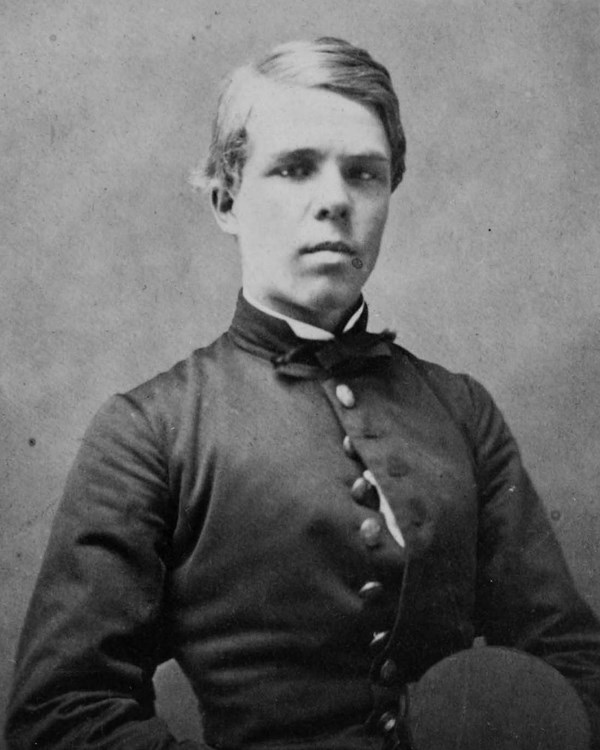Last updated: November 19, 2021
Person
John Rodgers Meigs

Library of Congress
Unit: Staff of Philip H. Sheridan
Rank: Chief Engineer of the Army of Shenandoah
Enlisted: May 1863 as 2nd Lt. of Engineers
Muster Out: Died October 3, 1864
Photo Credit/Donated by: Library of Congress
Description:
John Rodgers Meigs was born in 1841 in Washington D.C. He was born into a prestigious military family. He was the grandson of United States Navy hero, Commodore John Rodgers, who served during the War of 1812. His father, Major General Montgomery C. Meigs was the chief quartermaster for the Union Army.
John Rodgers Meigs received an appointment to West Point in 1859, where he graduated in 1863. His knowledge of engineering and topographical functions proved immensely helpful to Sheridan in the fall of 1864. After Meigs served under the staffs of Brigadier General Benjamin Franklin Kelley and Major General David Hunter, Major General Philip Sheridan recognized his talent and named him his Chief Engineer of the Army of the Shenandoah in August 1864.
Lt. Meigs’ knowledge of the land proved useful during the battles of Third Winchester and Fisher’s Hill. AS Sheridan’s Army moved south following these battles, tragedy struck Sheridan’s prodigy. On the night of October 3, near Dayton, Virginia, Meigs and two other staff officers finished up the inspection of their army on that rainy night. Out of the dark emerged three Confederate scouts on horseback. Meigs and his staffed approached the men and asked them to halt. As Meigs and his men rode up, one of the Confederate scouts, George Martin of the 4th Virginia Calvary, drew his pistol and ordered Meigs to surrender.
What happened next is still in question. Historian John Heatwole stated, “Meigs discharged his weapon from its place of concealment and shot the man (Martin) in the groin; Martin pulled the trigger of his own weapon and slumped forward in the saddle, yet held on. The shots that followed in quick secession were muffled to flat pops by the damp air.) Campbell (F.M. Campbell of the 1st VA Cavalry), fired his weapon into the officers body. Meigs reeled, fell from the saddle and lay dead in the roadway”. (Heatwole, page 91).
When Sheridan heard this, he was livid because of all the problems he had with bushwhackers. In retaliation for Meigs' “murder", Sheridan ordered the nearby town of Dayton to be burned to the ground. Dayton was spared a day later.
Meigs would first be buried in Oak Hill Cemetery in Washington D.C., then moved to the Arlington National Cemetery.
Sources:
·Heatwole, John L. The Burning: Sheridan's Devastation of the Shenandoah Valley. Charlottesville, VA: Rockbridge Publishing, 1998
